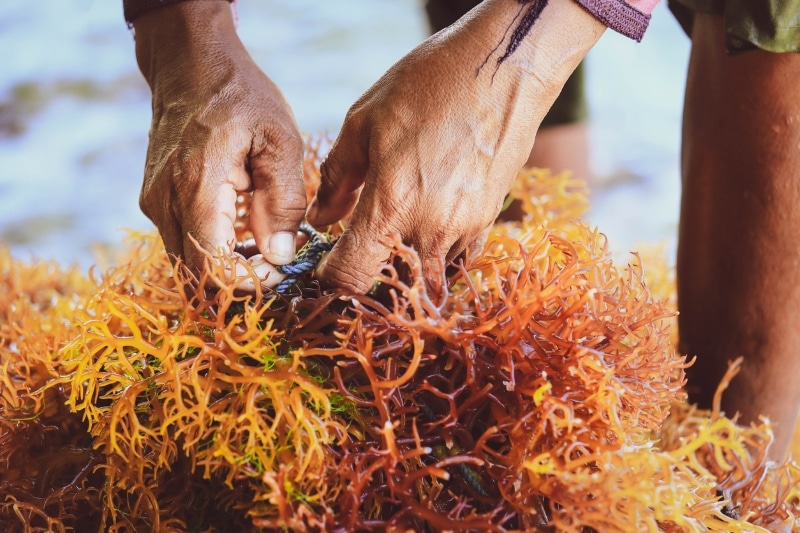
Seaweed in Indonesia is known for its good quality and is in high demand because it contains a high enough source of yeast, agar, and alginate making it suitable for use as a raw material for the food industry, flavor softener, ice cream crystallization preventer and medicine. Quality seaweed besides being influenced by good cultivation factors is also influenced by climate and geography in Indonesia such as sunlight, pressure currents, and water quality and salt levels by the needs and growth of seaweed.
Indonesia is blessed with an abundance of natural resources, including its vast oceanic treasures. One of these treasures is seaweed, which has been cultivated in Indonesia for centuries. Seaweed, or algae, is a versatile and nutritious plant that is used for a variety of purposes. In this article, we will explore the world of seaweed in Indonesia, from its history and cultivation to its economic significance and potential for the future.
History of Seaweed in Indonesia
Seaweed has been a part of Indonesian culture and cuisine for hundreds of years. It is believed that seaweed was first introduced to Indonesia by Chinese traders during the Tang Dynasty, around the 7th century. Since then, seaweed has been cultivated in Indonesia for food, medicine, and even as a fertilizer for crops.
The first seaweed farms in Indonesia were established in the 1970s, and the industry has since grown to become a major contributor to the Indonesian economy. Today, Indonesia is one of the world’s largest producers and exporters of seaweed, with over 6 million people involved in the industry.
Cultivation of Seaweed in Indonesia
Seaweed is typically grown in shallow, calm waters along the coastlines of Indonesia’s many islands. There are two main types of seaweed cultivated in Indonesia: red seaweed (Eucheuma cottonii and Gracilaria spp.) and green seaweed (Caulerpa lentillifera). These varieties are highly sought after in the global market for their high quality and nutritional value.
The process of seaweed cultivation begins with the planting of small seedlings on ropes or nets, which are then suspended in the water. The seaweed is then allowed to grow for several months until it reaches maturity. Once the seaweed is harvested, it is sun-dried and then processed into various products.
Economic Significance of Seaweed in Indonesia
The seaweed industry is a significant contributor to the Indonesian economy, providing employment opportunities for millions of people and generating billions of dollars in revenue. Seaweed is exported to countries all over the world, including China, Japan, and the United States.
In addition to its economic benefits, seaweed also has numerous health benefits. It is rich in vitamins and minerals, including iodine, calcium, and iron. Seaweed is also high in fiber and low in calories, making it an ideal food for people looking to maintain a healthy diet.
Future of Seaweed in Indonesia
The future of seaweed in Indonesia looks bright, as the industry continues to grow and expand. The Indonesian government has recognized the importance of seaweed cultivation and has implemented policies to support the industry, such as providing funding for research and development.
There is also increasing interest in the use of seaweed as a source of renewable energy. Seaweed is a natural source of biofuel, which can be used to power generators and vehicles. This has the potential to create a new industry in Indonesia and reduce the country’s dependence on fossil fuels.
Conclusion
Seaweed is a valuable natural resource in Indonesia, with a rich history and a bright future. The industry provides employment opportunities for millions of people, generates billions of dollars in revenue, and has numerous health benefits. With continued support from the government and growing interest in seaweed as a renewable energy source, the industry is poised for even greater success in the years to come.